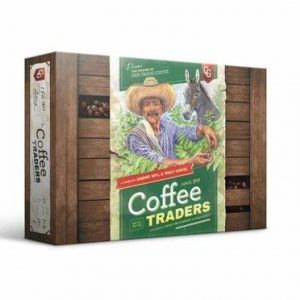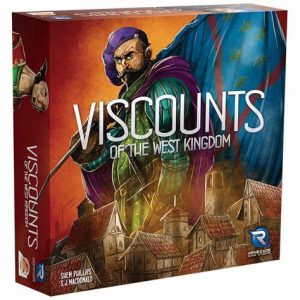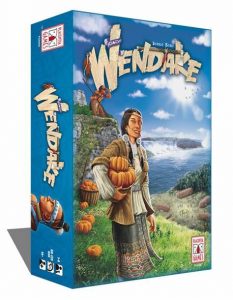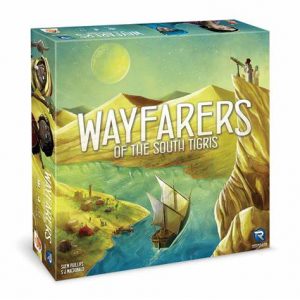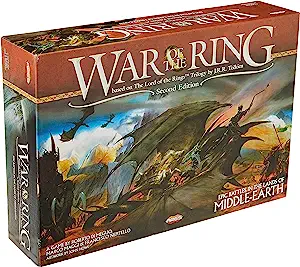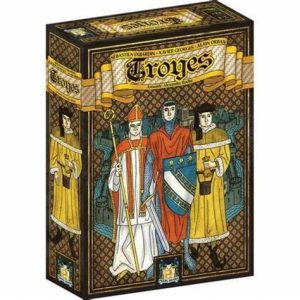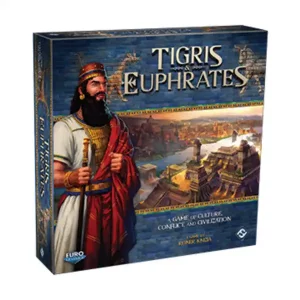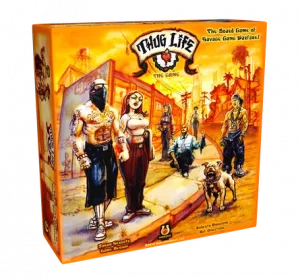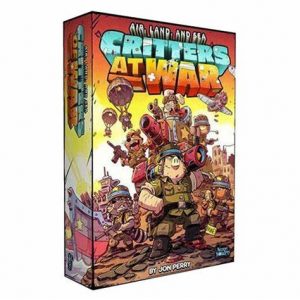
Air, Land, and Sea: Critters at War
In Air, Land & Sea: Critters at War, two players vie for control over each theater of war by playing cards and strategically utilizing their special abilities to win battles. Whoever gains the most victory points over several battles wins the war!
Gameplay is the same in this standalone game as in Air, Land & Sea, but with 100% critters and more vibrant colors.
Game Mechanics:
- Area Control
- Hand Management
- Wargame
Game Specifications:
- 2 Players
- 15 – 30 Minutes
- Difficulty Weight 1.70
